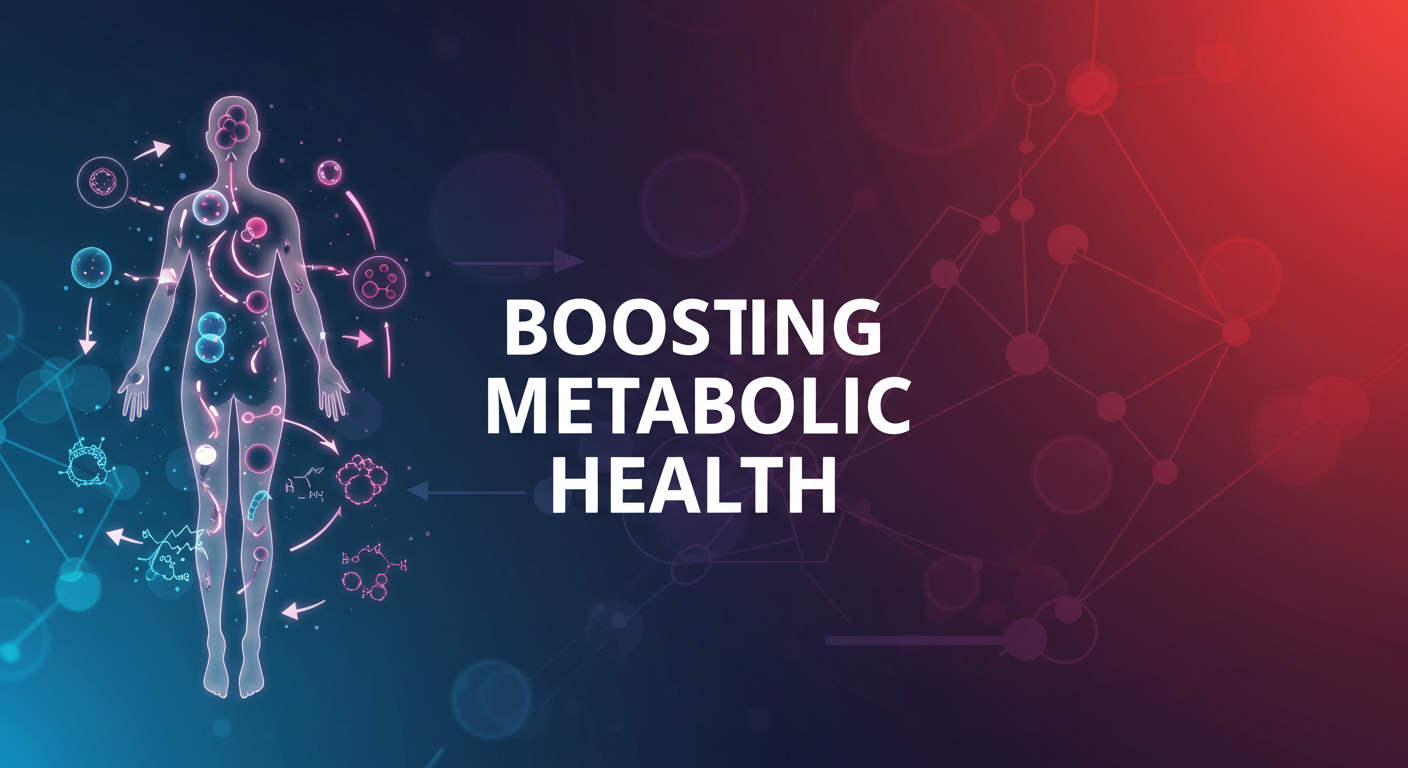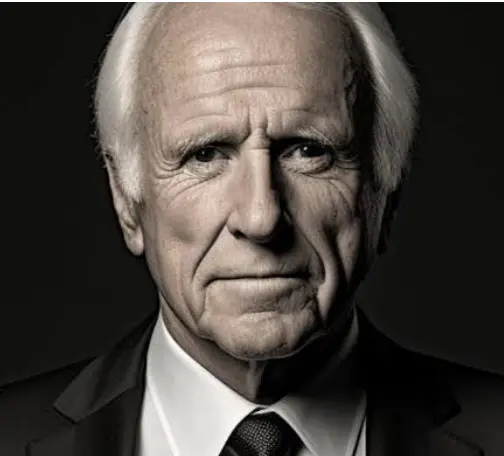As we age, staying active becomes not just a lifestyle choice but a critical factor for maintaining health, independence, and overall quality of life. Research highlights that physical inactivity in older adults leads to significant declines in muscle mass, metabolic health, and functional ability, making regular movement an essential pillar of healthy aging. Here’s why staying active matters and how it can transform the aging process.
Combatting Sarcopenia and Muscle Loss
One of the most noticeable effects of aging is the gradual loss of muscle mass and strength, a condition known as sarcopenia. Studies show that skeletal muscle mass declines by about 10% per decade after age 50. This process accelerates with periods of inactivity, such as during illness or hospitalization. For older adults, even a brief reduction in physical activity can lead to:
- Loss of muscle mass at a rate equivalent to several years of normal aging.
- Declines in muscle strength and functional performance, which can increase the risk of falls and fractures.
Engaging in resistance training and regular movement helps stimulate muscle protein synthesis, slowing the progression of sarcopenia and preserving strength.

Boosting Metabolic Health
Physical inactivity is a key contributor to metabolic disorders in older adults. It promotes insulin resistance, increases fat accumulation—especially visceral and liver fat—and raises the risk for Type 2 diabetes and metabolic syndrome. Notably:
- Short-term inactivity significantly reduces insulin sensitivity, making it harder for the body to regulate blood sugar levels.
- Accumulated fat in the liver and central adipose tissue exacerbates metabolic dysfunction, impacting overall health.
Reintroducing habitual activity, along with nutritional interventions, can mitigate these effects, though recovery may be slower in older adults compared to younger individuals.
Supporting Cognitive and Cardiovascular Health
Beyond musculoskeletal and metabolic benefits, physical activity also:
- Enhances cognitive function and reduces the risk of age-related cognitive decline.
- Improves cardiovascular health by lowering blood pressure, reducing cholesterol levels, and boosting circulation.
The MobiGym Solution
At MobiGym, we understand the unique challenges and goals of older adults striving to maintain their health and vitality. Our specially designed 4-month program helps you achieve the recommended physical activity guidelines through personalized training plans, expert coaching, and a supportive environment. Whether you’re looking to build strength, improve cardiovascular health, or boost overall fitness, our program ensures you stay motivated and on track.
With state-of-the-art equipment and tailored routines, MobiGym empowers you to take charge of your health and unlock your full potential. Our trainers work closely with you to create sustainable habits that support long-term well-being.
Ready to Transform Your Life?
Don’t wait to start your journey to better health and longevity. Visit our website today to book a free call with one of our fitness experts and learn how MobiGym can help you achieve your goals. Your future self will thank you!
References: Reduced physical activity in young and older adults: metabolic and musculoskeletal implications



